12 Unusual Bug-Eating Carnivorous Plants
Carnivorous plants, with their unusual bug-eating habits, fascinate with their diverse and bizarre adaptations.
Species like Venus flytraps, pitcher plants, and sundews use ingenious methods to trap their prey.
These plants not only serve as unique botanical specimens but also provide natural pest control.
Corkscrew Plant (Genlisea Spp.)
Corkscrew plants twist and turn in the most peculiar way.
Their spiraled leaves resemble corkscrews, designed to trap unsuspecting insects that wander too close.
This crafty plant thrives in swampy areas where nutrients are scarce, showcasing its ability to survive by devouring small creatures.
You may find it fascinating how nature's designs can be so unusual yet effective at sustaining life.
Cobra Lily (Darlingtonia Californica)
Cobra lily, a fascinating plant native to North America, features long, slender leaves that curl and twist like the hood of a snake.
Its striking green and purple colors draw attention while its unique shape helps trap unsuspecting insects.
This carnivorous marvel thrives in cold waters found near mountain streams, providing an unusual habitat that sets it apart from other plants.
With a little curiosity about nature's wonders, you might find yourself intrigued by how such an odd-looking plant survives on more than just sunlight and soil!
Pitcher Plant (Nepenthes Spp.)
Picture a plant that resembles a whimsical, colorful jug.
Pitcher plants are not just visually captivating; they possess an extraordinary ability to trap and digest insects for nutrients.
Their leaves curl into deep, slippery pools filled with nectar that lures unsuspecting bugs right in.
Found mainly in tropical regions, these unique plants thrive in nutrient-poor soil where few others can survive, showcasing nature’s creativity at its finest while reminding us of the fascinating balance within ecosystems.
Butterwort (Pingiucula Spp.)
Butterworts are fascinating little wonders in the world of carnivorous plants.
With their soft, sticky leaves that resemble a vibrant green plate, they trap unsuspecting insects with ease.
When you see one up close, the way it glistens under sunlight is almost enchanting.
These plants thrive in nutrient-poor soils and have adapted to feast on bugs for nourishment instead of relying solely on soil nutrients; it's like they've found their own clever solution to survival!
Bladderworts (Utricularia Spp.)
Bladderworts are fascinating little wonders of the plant world, known for their unique underwater traps.
These carnivorous plants have tiny bladders that suck in unsuspecting prey like insects and small aquatic creatures.
Just picture a minuscule vacuum cleaner lurking beneath the surface!
With more than 200 species worldwide, each one showcases different shapes and sizes, often with beautiful flowers above water to attract attention while they quietly feast below.
You can’t help but be intrigued by how nature has crafted such an unusual yet effective method of survival in these delicate ecosystems.
Venus Flytrap (Dionaea Muscipula)
Venus flytraps are fascinating plants that entice insects with their bright green lobes and sweet nectar.
Once an unsuspecting bug ventures too close, the trap snaps shut in a quick motion, showcasing nature's raw efficiency.
Each leaf resembles a jaw lined with tiny teeth, making it look almost like something out of a sci-fi movie.
These extraordinary predators thrive in nutrient-poor soils where they rely on protein-rich meals to sustain themselves.
Waterwheel Plant (Aldrovanda Vesiculosa)
The waterwheel plant captures attention with its whimsical, underwater appearance.
Resembling tiny wheels or paddles, it floats gracefully on the surface of lakes and ponds.
Each leaf features snap traps that quickly close when unsuspecting prey swims too close.
This fascinating aquatic carnivore thrives in nutrient-poor waters, relying on insects for sustenance while providing a unique glimpse into nature's wonders beneath the surface.
Brocchinia (Brocchinia Reducta)
Brocchinia reducta is a fascinating carnivorous plant native to the rainforests of Venezuela.
It captures its prey using specialized, pitcher-like leaves filled with water that lure insects in with their sweet nectar.
Once inside, escape becomes nearly impossible due to slippery surfaces and downward-facing hairs.
The unique ability of this plant not only showcases nature’s ingenuity but also adds an intriguing touch to any collection or garden space focused on exotic flora.
Fly Bush (Roridula Spp.)
The fly bush, or Roridula spp., is a curious plant that has its own way of catching food.
Unlike typical carnivorous plants, it doesn’t trap insects in sticky traps or elaborate structures.
Instead, this fascinating species relies on the help of tiny bugs called planthoppers to do the work for it.
The leaves are coated with a gluey substance that attracts these little creatures, which then become prey when they land on them.
You might find yourself amazed at how nature collaborates in unexpected ways through such an unusual relationship!
Trumpet Pitcher Plant (Sarracenia Spp.)
The trumpet pitcher plant, with its tall and slender shape, resembles a vibrant green vase waiting for an unsuspecting insect.
Each leaf forms a deep cavity filled with liquid that lures in curious creatures looking for water or shelter.
Once inside, they find themselves trapped by slippery walls and digestive enzymes ready to do their work.
These plants thrive in nutrient-poor soils; instead of relying on dirt for sustenance, they feast on the bugs that come too close to their alluring traps.
Albany Pitcher Plant (Cephalotus Follicularis)
The Albany pitcher plant is a fascinating creature with its small, cup-shaped leaves that trap unsuspecting insects.
Native to Australia, it showcases a unique blend of colors ranging from green to deep red.
Its special design lures prey in with sweet nectar and then seals them inside for digestion.
This quirky plant not only survives in nutrient-poor soil but also adds an exotic touch to any collection or garden setting.
Sundews (Drosera Spp.)
Sundews are fascinating plants that look like they belong in a sci-fi movie.
Tiny, sticky tentacles cover their leaves, glistening under sunlight as if adorned with jewels.
When insects land on these traps, the sundew quickly curls its leaf around them for a tasty meal.
You can’t help but marvel at how nature has designed such an effective hunter right in your backyard!

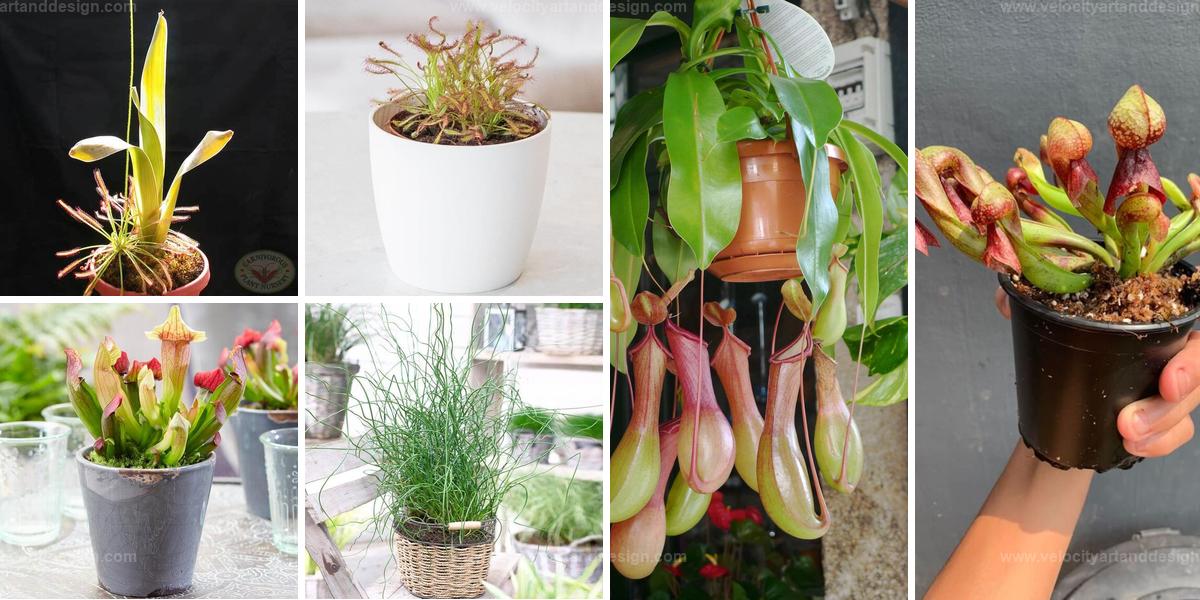
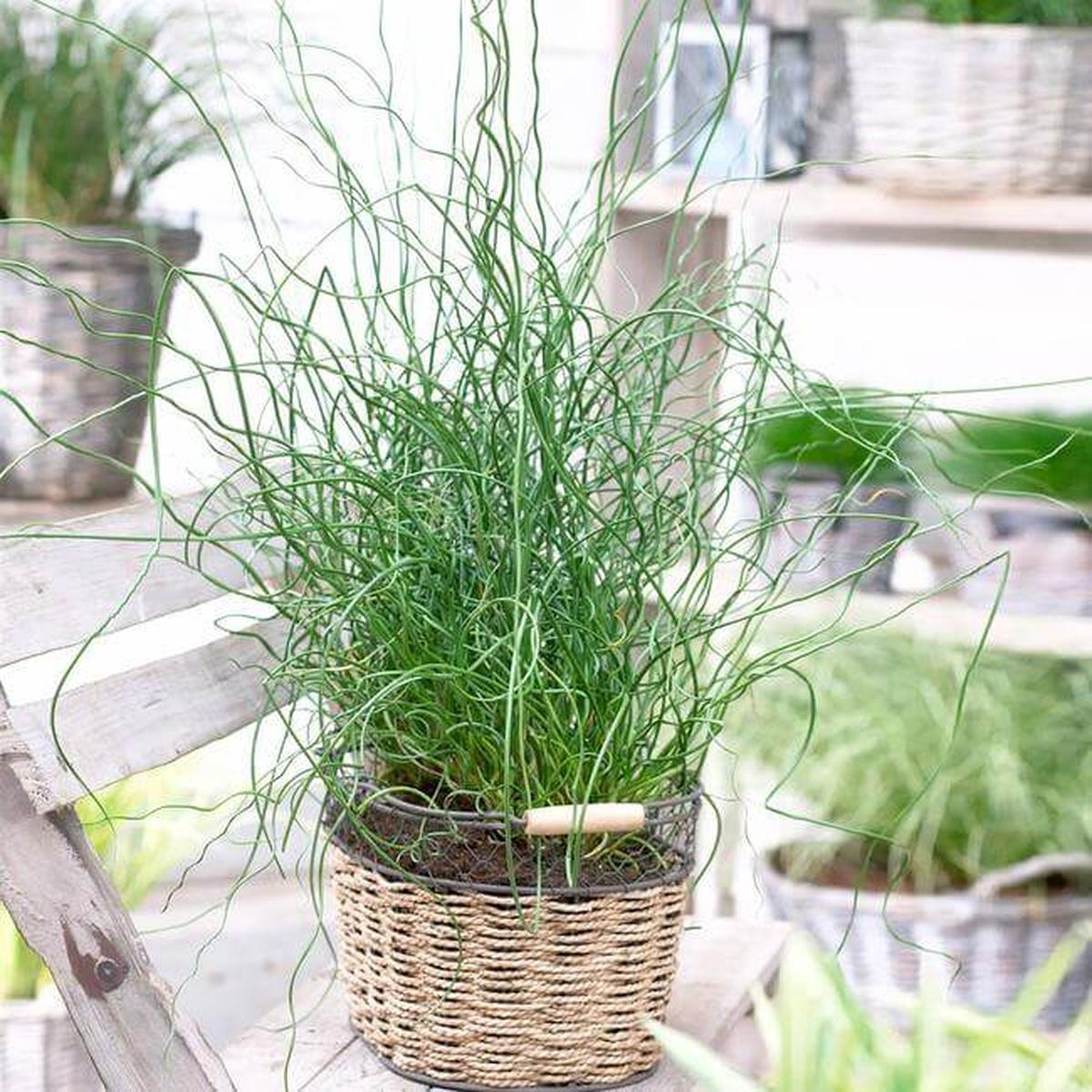
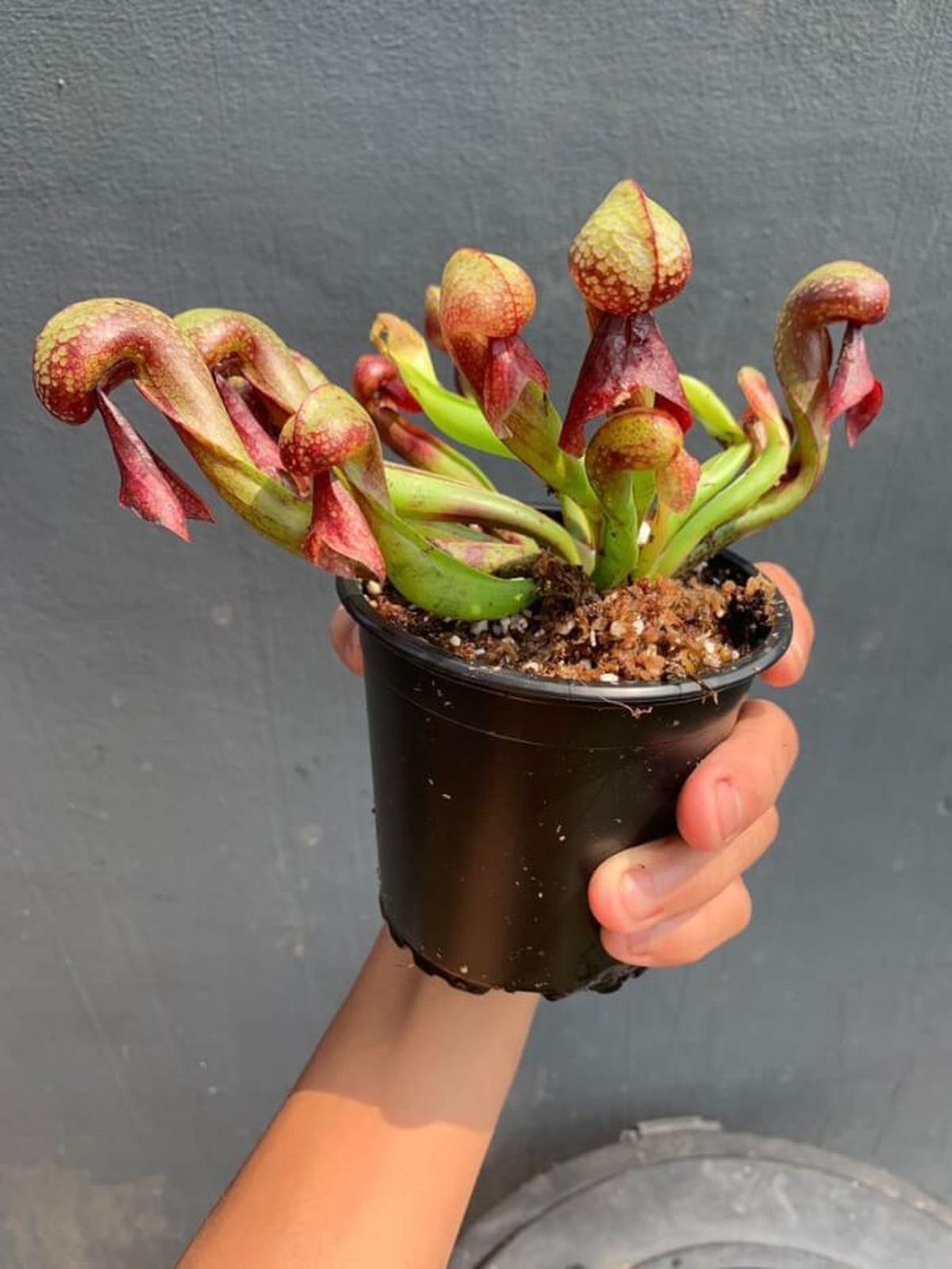
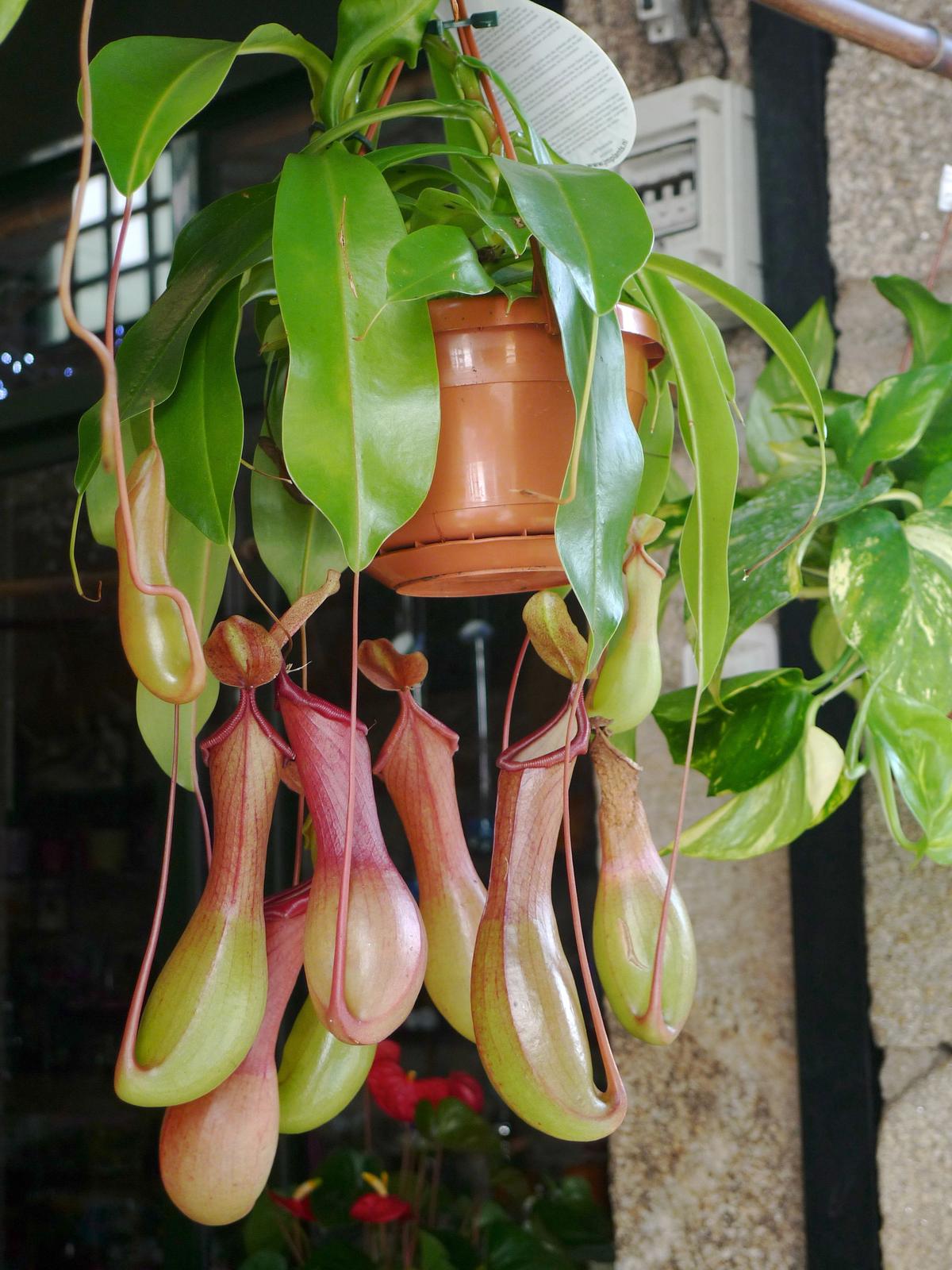
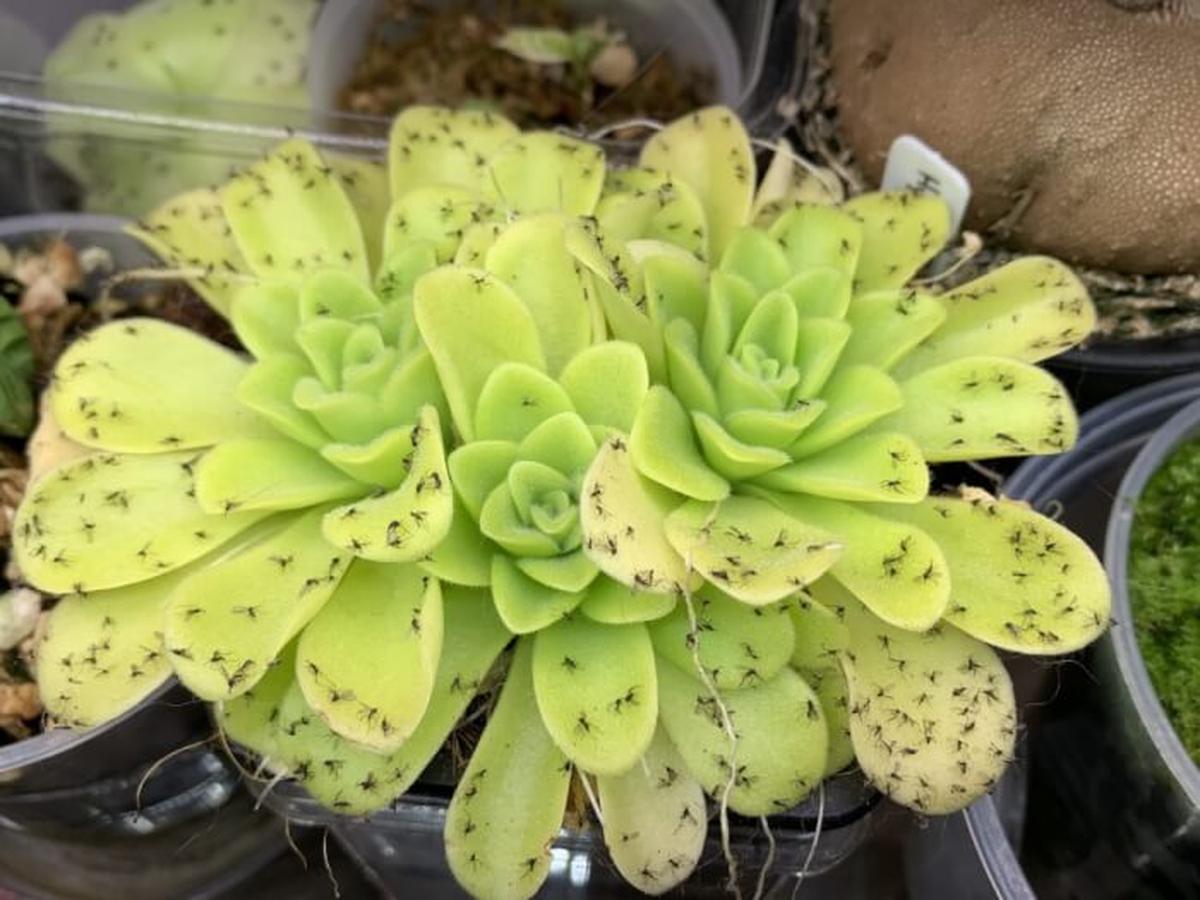
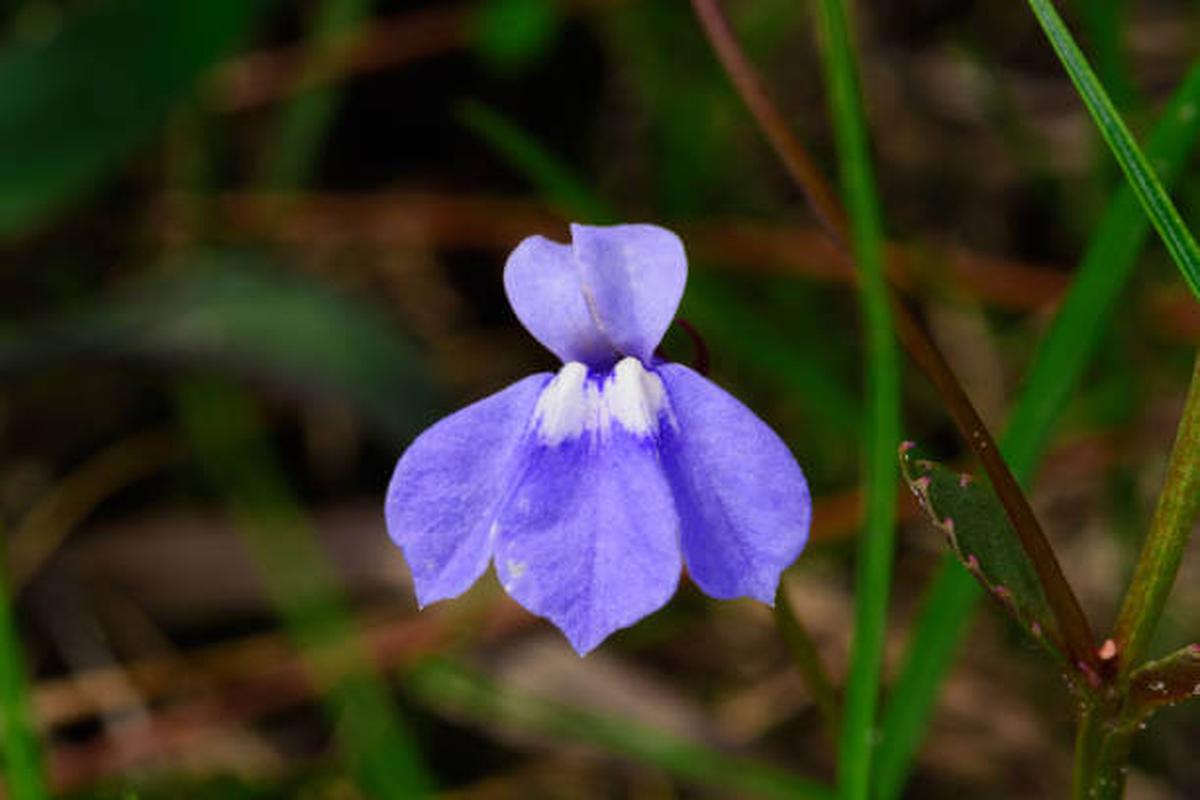
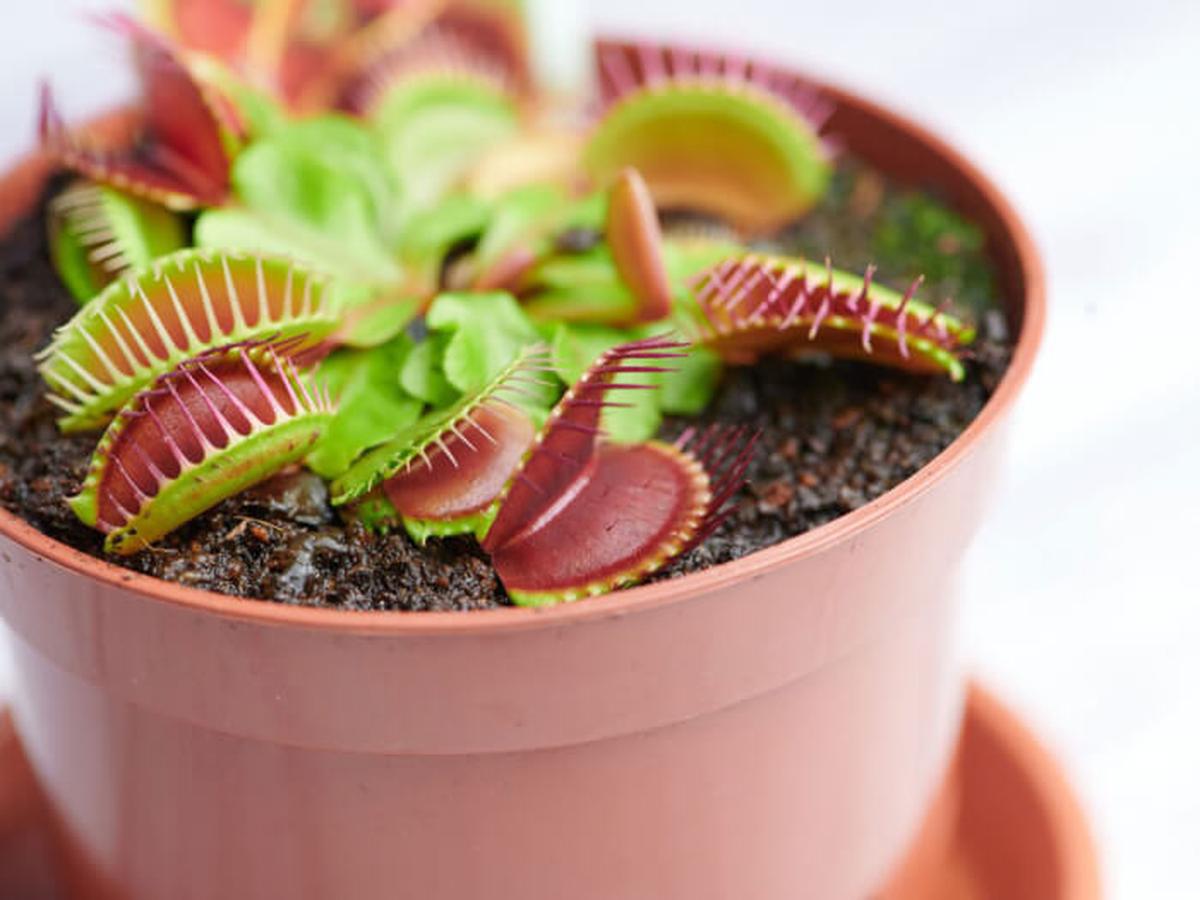
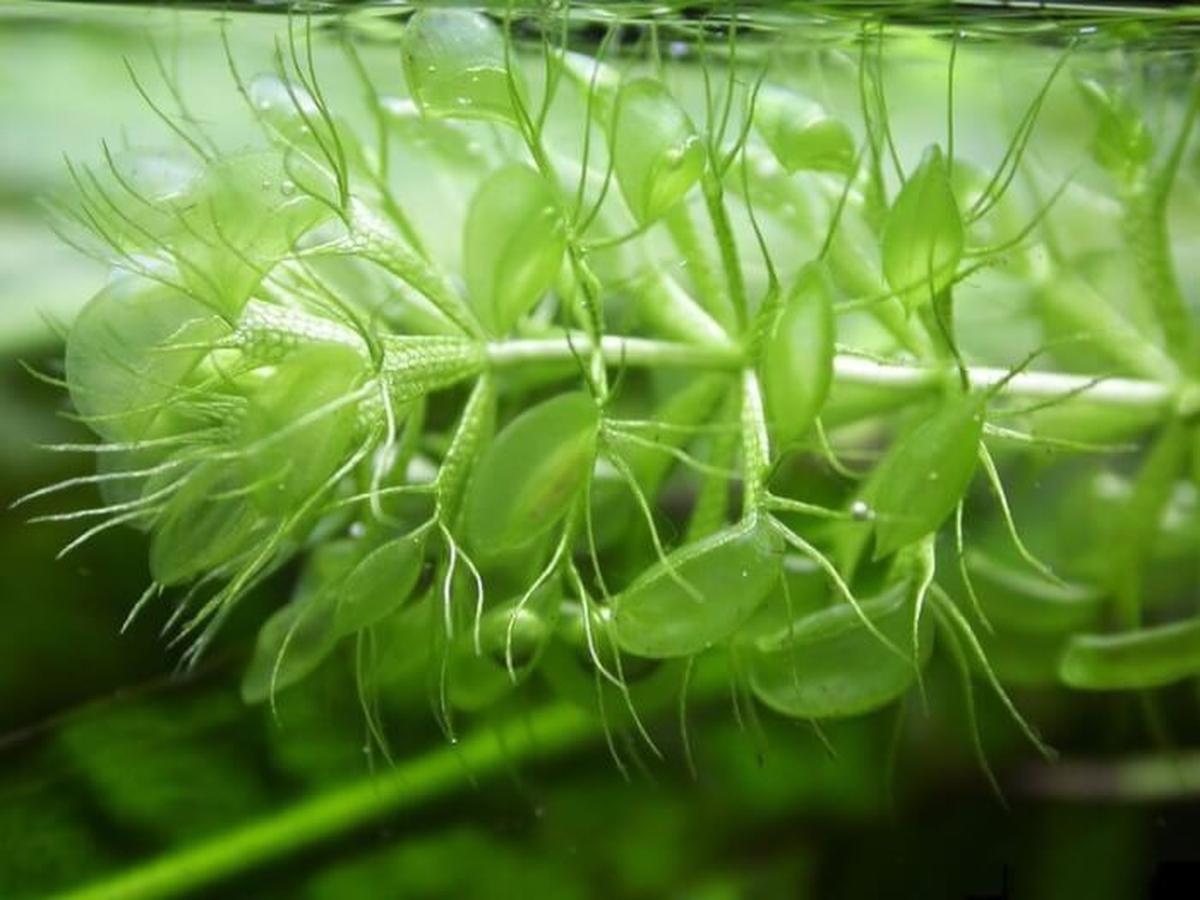

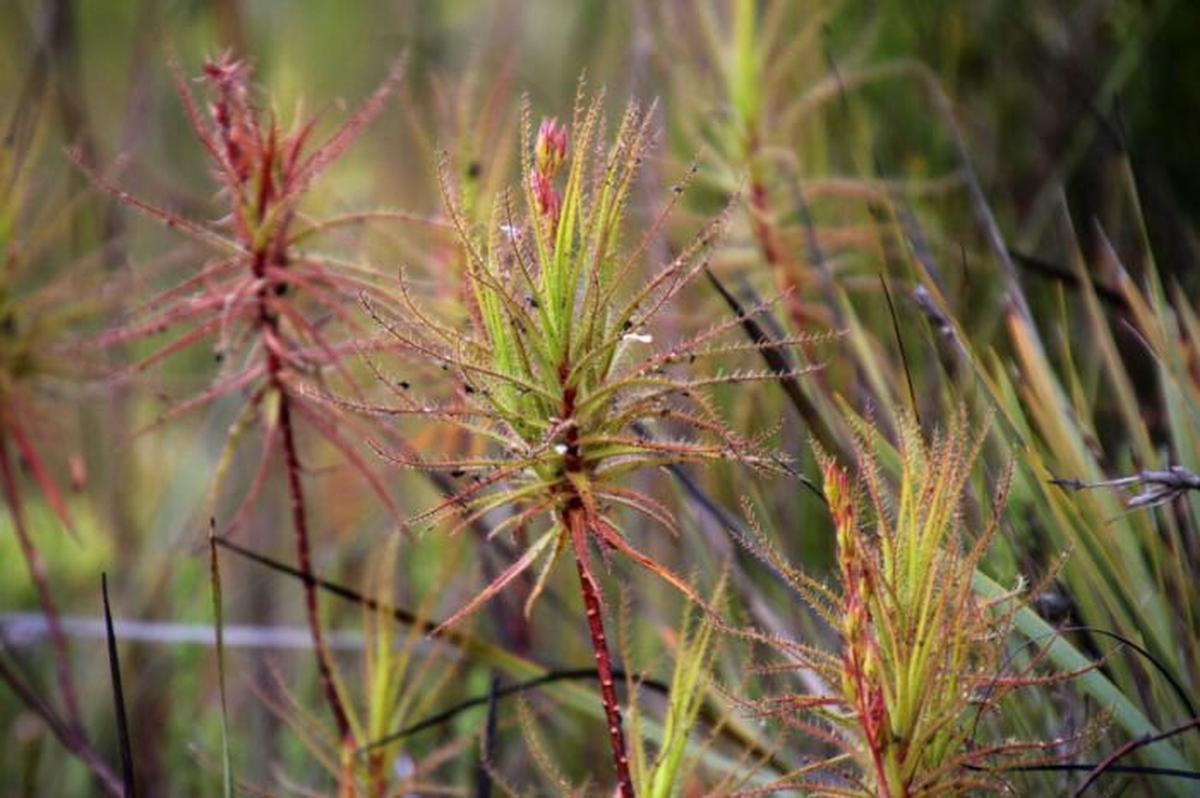
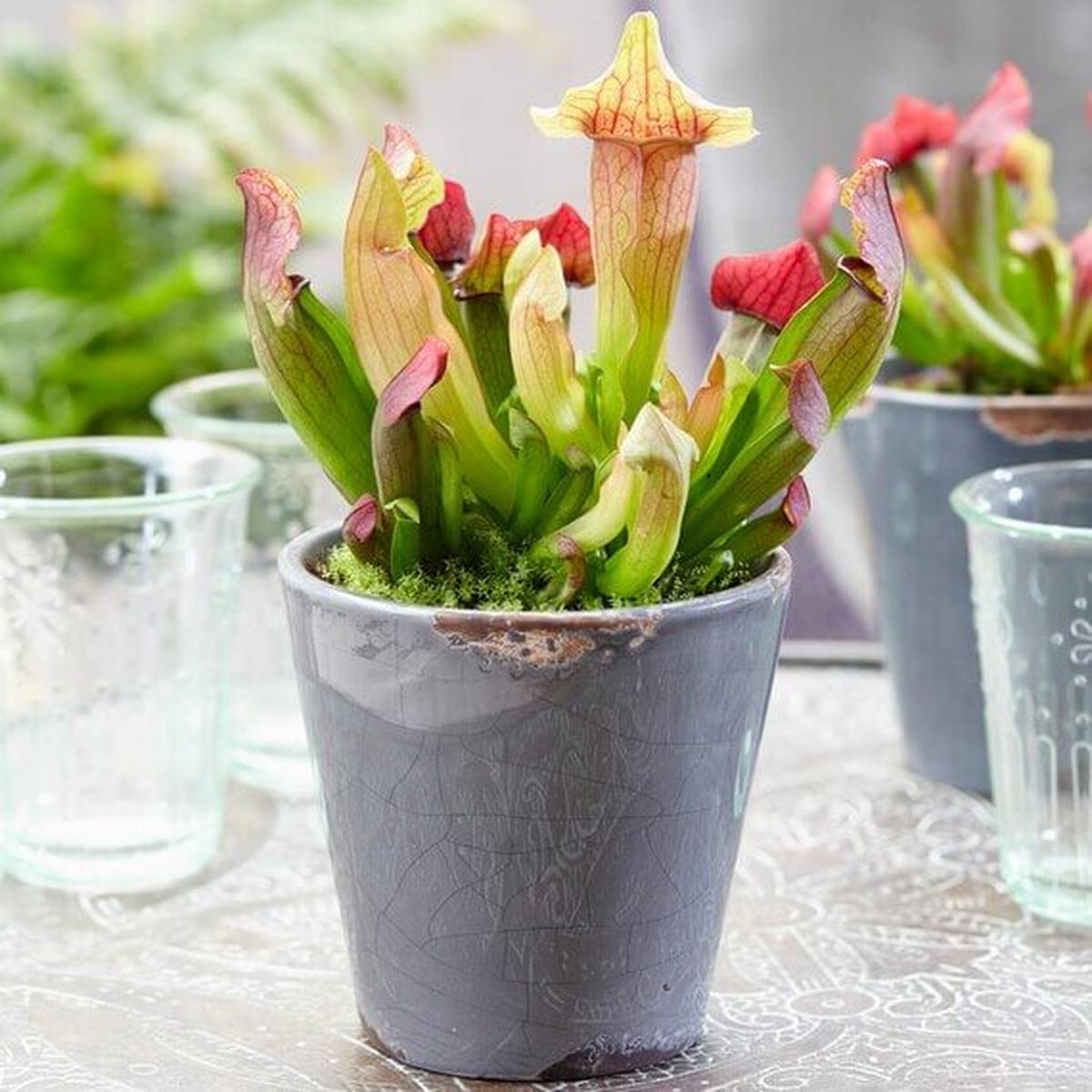
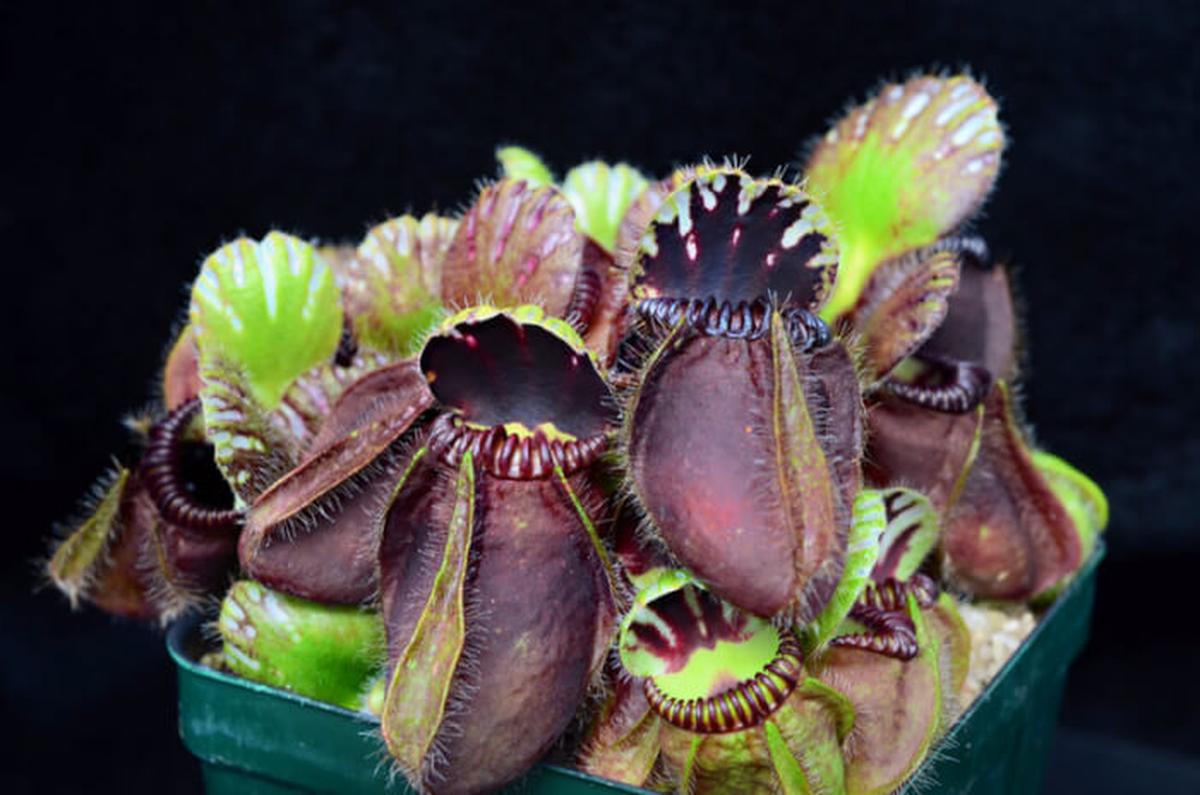
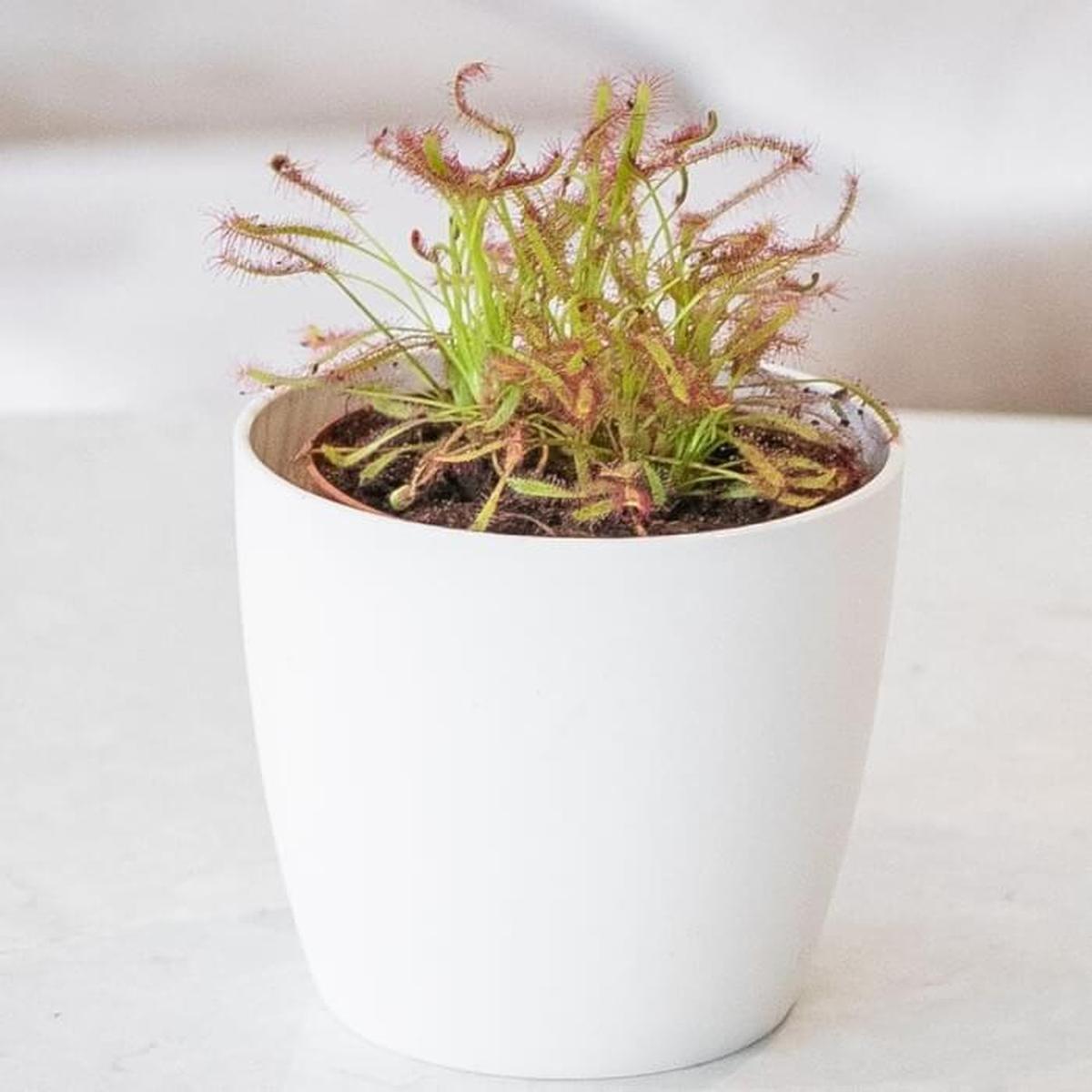
James Turner
Founder & Lead Designer
Expertise
Interior Design, Sustainable Design Practices, Spatial Planning, Innovative Material Applications, Contemporary Art Techniques, Visual Communication, Multimedia Artistry, DIY Design and Home Projects, Eco-Friendly Living Spaces, Creative Solutions
Education
University of Cincinnati College of Design, Architecture, Art, and Planning (DAAP)
Columbus College of Art & Design (CCAD), Columbus, OH
James Turner is the founder and lead designer at Velocity Art and Design. He studied Interior Design at the University of Cincinnati, focusing on eco-friendly design and smart use of space.
Later, he expanded his artistic skills with a Fine Arts Certificate from the Columbus College of Art & Design, where he learned about modern art and visual storytelling.
With over 10 years in design, James is passionate about making spaces that are both beautiful and practical. He shares his DIY tips and creative ideas to inspire others to explore their own creativity and transform their living spaces.